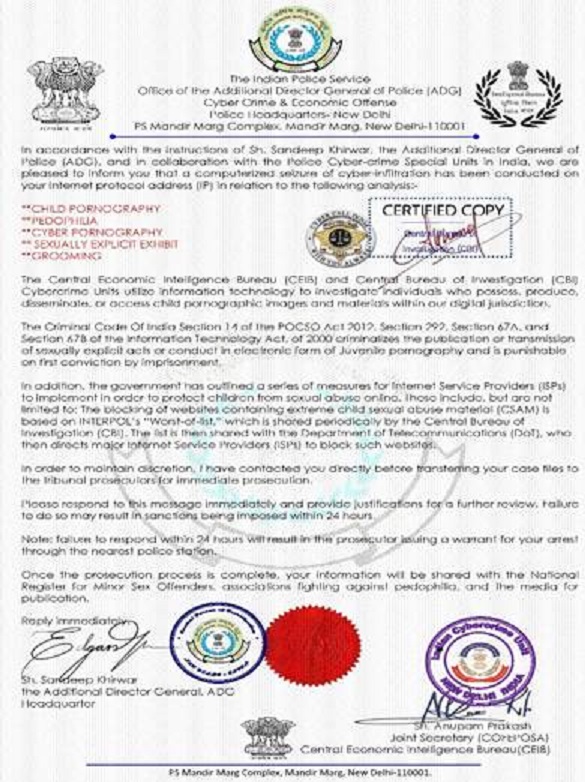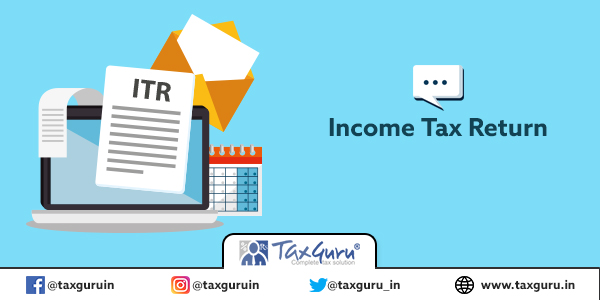1. Introduction
a. Limited Review can be defined as the audit of financial statements on quarterly basis.
b. Listed companies are required to conduct limited review through statutory auditors
c. Every listed co. under clause 41 of the listing agreement is required to furnish the unaudited quarterly result in the prescribed format to the concerned stock exchange within 45 days of the end of respective quarter.
d. The co. shall intimate to the Stock Exchange within 15 minutes of the closure of board meeting in which unaudited/ audited financial statements are placed.
e. Further co. has to publish its financial statements in one english newspaper and one regional language newspaper within 48 hours of board meeting.
2. On which companies Limited Review is applicable
a. To all listed entities (whose equity shares and convertible securities are listed )
b. All entities whose accounts are to be consolidated with the listed entity
3. Scope of Limited Review
a. Limited review is generally narrower in scope and less exhaustive than audit.
b. In audit, there is an expression of opinion by the CA, that there is reasonable assurance that the financial statements are free from material misstatements, frauds or errors.
c. Whereas in a limited review, the CA states that he has no reason to believe that the financial statements are materially misstated.
d. So audit involves giving affirmation or opinion, whereas in a review, the reviewer just states that he/she has noticed or not noticed anything that makes the financial statements misstated.
4. Audit procedures for Limited Review
a. General Principles of a Review of Interim Financial Information – An auditor must comply with all the ethical requirements applicable to the audit of the entity’s annual financial statements.
b. An objective of an Engagement to Review Interim Financial Information –
i. The aim of such engagement is to allow an auditor in expressing a conclusion whether, on basis of such review, interim financial information is prepared, in all the material aspects, as per applicable financial reporting framework.
ii. This review engagement doesn’t offer any basis to express an opinion.
c. Agreeing to the Terms of the Engagement – The client and the auditor must agree and align on the engagement terms with respect to:
i. The extent and nature of an engagement
ii. The scope and objective of such review
iii. The extent of the responsibilities of the auditor
iv. Responsibilities of the management
v. The assurance received
vi. The form and nature of the report
d. Procedures for a Review of Interim Financial Information –
i. Understanding the Entity and its Environment, Including its Internal Control
ii. Inquiries, Analytical, and Other Review Procedures
e. Evaluation of Misstatements – An auditor must evaluate and assess, in aggregate and individually, whether the uncorrected misstatements which have caught the attention of the auditor are substantial to interim financial information.
f. Management Representations – An auditor must acquire the written representation from the management that:
i. The management acknowledges its responsibility in designing and implementing the internal control for detecting and preventing error and fraud
ii. The preparation and presentation of the interim financial information are as per relevant financial reporting framework
iii. The management believes that the impact of such uncorrected misstatements gathered by the auditor in the course of his/her review is irrelevant, individually as well in aggregate, to such interim financial information
iv. The management has disclosed all the significant facts to the auditor relating to a fraud or suspected fraud known to it which might have impacted the entity
v. The management has disclosed the results of the assessment to the auditor with respect to risks that such interim financial information might be misstated materially due to fraud
vi. It has disclosed to the auditor all known actual or possible noncompliance with laws and regulations whose effects are to be considered when preparing the interim financial information
vii. Management has disclosed all significant events to the auditor which have occurred following the balance sheet date and over the date of review report which might necessitate disclosure or adjustment to in interim financial information
g. Auditor’s Responsibility for Accompanying Information – An auditor must go through other information which accompanies interim financial information for determining whether the information is substantially inconsistent with interim financial information.
h. Communication – When, due to the execution of such review,
a. Matter catches the attention of the auditor which requires him to consider that it’s essential for making a substantial adjustment for preparation of interim financial information, he must communicate the same to the proper level of management at the earliest.
b. When, in the judgment of the auditor, persons charged with the governance doesn’t appropriately respond within a sensible time frame, the auditor must think of:
i. Modifying his/her report
ii. Withdrawing from such engagement
iii. Resigning from such appointment for auditing the annual financial statements
i. Departure from the Applicable Financial Reporting Framework – An auditor must express an adverse or qualified conclusion when any matter catches the attention of auditor which causes the auditor to consider that the material adjustment to interim financial information must be made for its preparation.
j. Limitation on Scope – When an auditor isn’t able to finish his/her review, the auditor must communicate the same, in writing, to the proper level of management and to persons charged with the governance the intentions and reason for the same, and determine whether it’s suitable for issuing a report.
k. Documentation – An auditor must prepare the review documentation which is appropriate and adequate in providing a basis for his/her conclusion and for providing evidence that such review was executed as per SRE 2410 and relevant regulatory and legal requirements.
5. Standard on Auditing applicable on Limited Review
There are 2 standards issued by ICAI relating to limited review :
a. SRE 2400: – where the reviewer is not the statutory auditor of the auditee, and
b. SRE 2410: – where the reviewer is also the statutory auditor of the auditee.
6. Penal provisions on non compliance of limited review
In case of non compliance of certain provisions of listing agreement, Securities and Exchange Board of India (SEBI) vide its circular no. CIR/MRD/DSA/ 31/2013 dated September 30, 2013 have implemented the following:
i. “Uniform fine structure”for non-compliance of certain clauses of the listing agreement
ii. “Standard Operating Procedure” (SOP)for suspension and revocation of suspension of trading in the shares of such listed entities.
iii. The circular inter-alia stipulates imposition of fines as action of first resort
iv. Transfer to Z group companies
v. Freezing of promoter holding and invocation of suspension of trading in cases of subsequent and consecutive defaults.
| Clause of listing agreement | Due date of Submission as per Listing Agreement | Commencement of Levy of Penalty | Fine payable for 1st non-compliance | Fine Payable each subsequent and consecutive non-compliance |
| Clause 41 Non submission of the financial results within period prescribed under this clause |
60 days **from the end of quarter (where it is the final quarter) | 61st day from the end of quarter | Rs. 5000/- per day till the date of compliance and If non-compliance continues for more than 15 days additional fine of 0.1 % of Paid Up capital* of the entity or Rs. 1 Crore, whichever is less. |
Rs. 10000/- per day till the date of compliance and If non-compliance continues for more than 15 days additional fine of 0.1 % of Paid Up capital* of the entity or Rs.1 crore, whichever is less. |
| 45 days from end of quarter for other quarters | 46th day from end of quarter. |
7. Format of Result of Limited Review
8. Audit Report format of Limited Review
a. Kotak Committee on corporate governance suggested certain changes in the regulatory framework for group audit and other reporting format on which committee has not recommended changes are constant.
b. SEBI has considered Kotak committee’s amendment and amended regulations 33 of LODR (Listing Obligations And Disclosure Requirements), 2015.
| S. No | Format No. | Audited/ Unaudited | Periodicity | Standalone/ Consolidated results | Brief description of the formats | |
| For listed entities other than banks and insurance companies (C formats) | For Banks (B formats) | |||||
| 1) | C1 | B1 | Unaudited | Quarterly | Standalone | Format for the Limited Review Report on quarterly and year to date results |
| 2) | C2 | B2 | Audited | Quarterly | Standalone | When an Unmodified Opinion is expressed on the Quarterly and year to date financial |
| 3) | C3 | B3 | Unaudited | Quarterly | Consolidated | Independent Auditor’s Review Report on Review of Consolidated Unaudited Quarterly and Year to date Financial Results |
| 4) | C4 | B4 | Audited | Quarterly | Consolidated | When an Unmodified Opinion is expressed on consolidated audited quarterly and year to date financial results |
| 5) | C5 | B5 | Audited | Annual | Consolidated | When an Unmodified Opinion is expressed on consolidated audited annual financial results |


























Thank you very much sir for your valuable explanation on limited review. It was really helpful in understanding the concept.